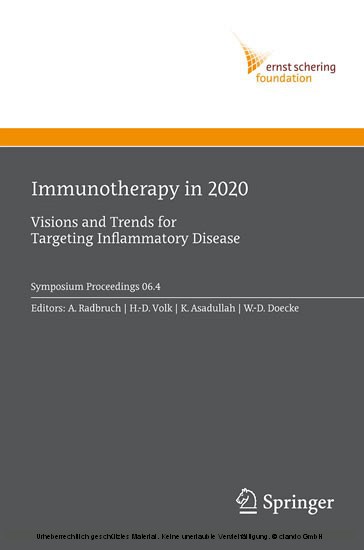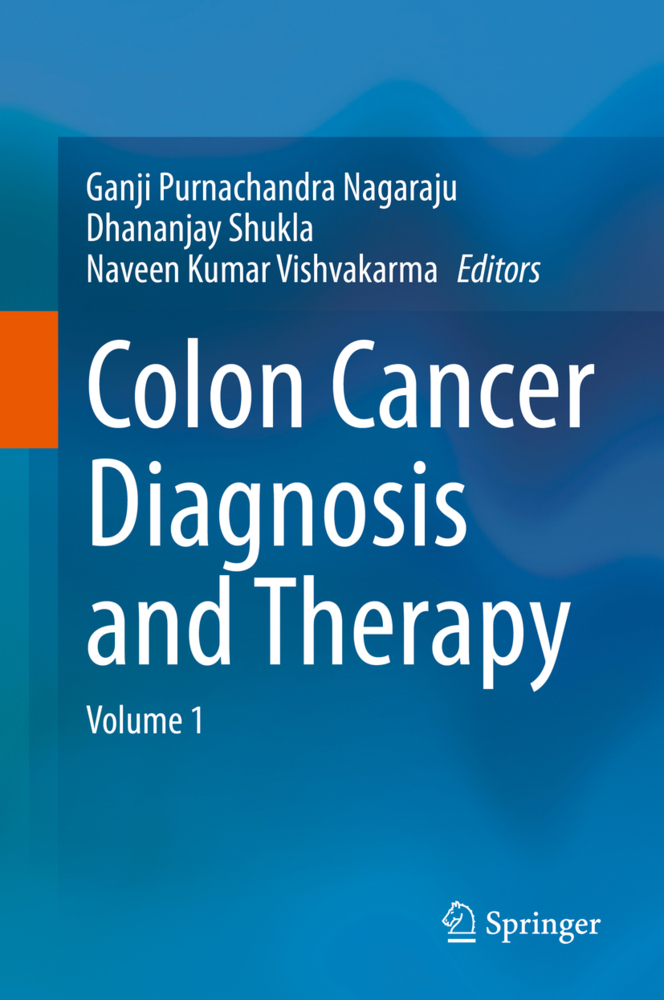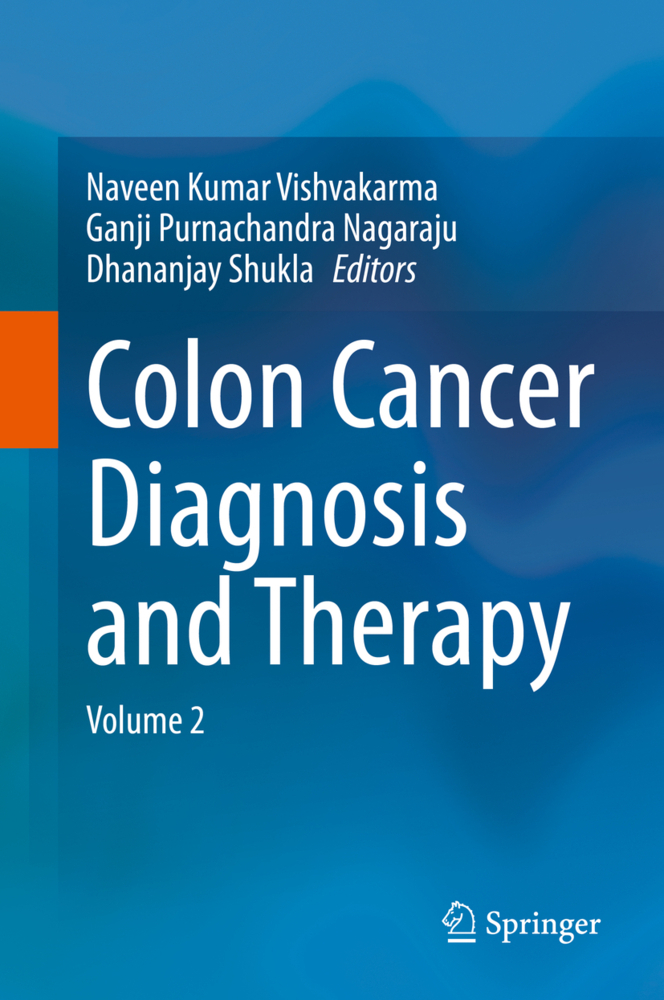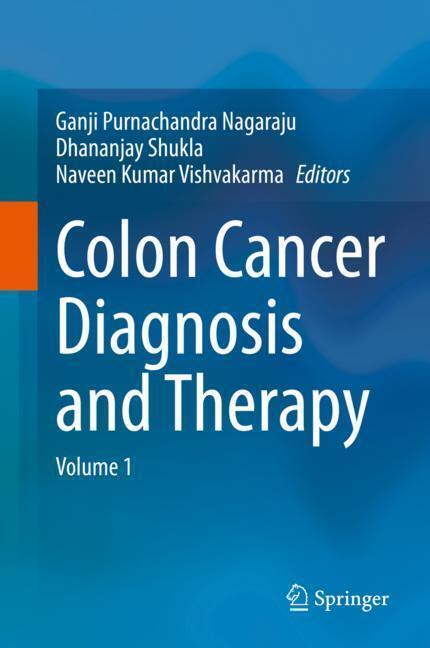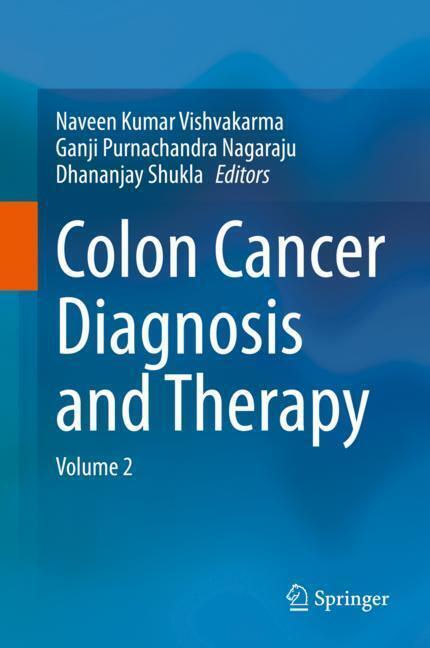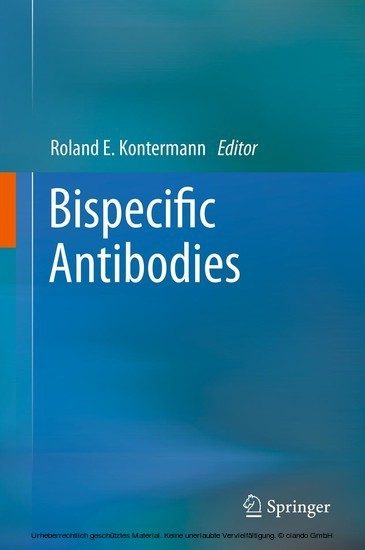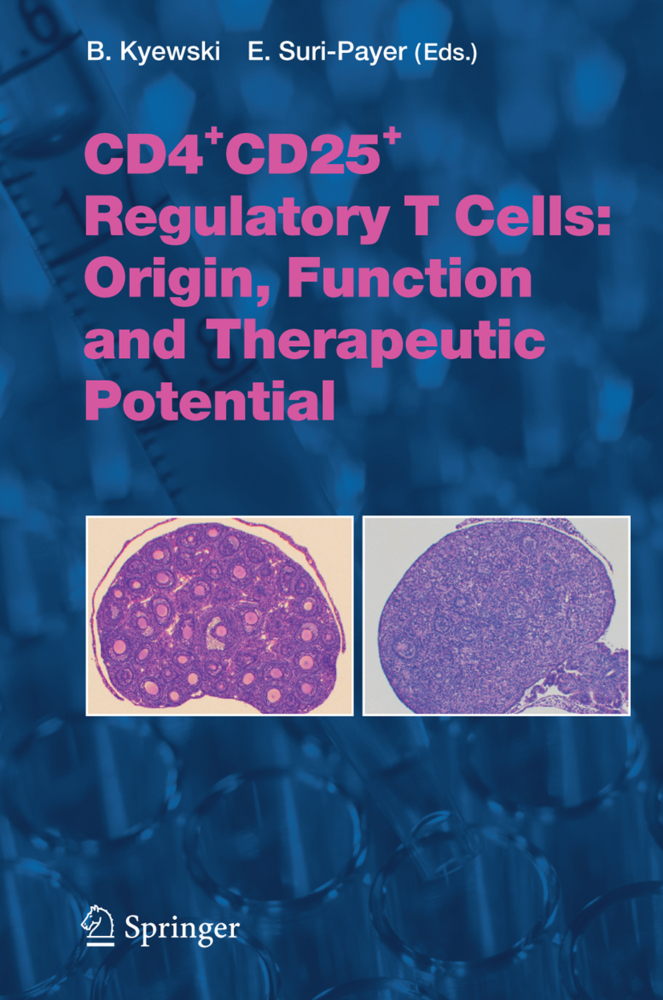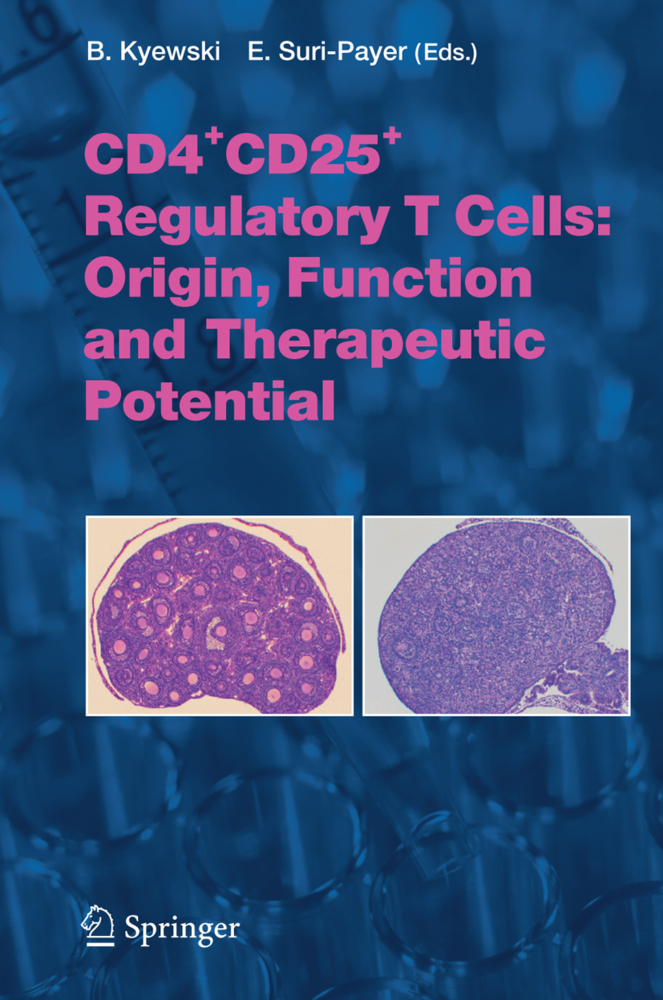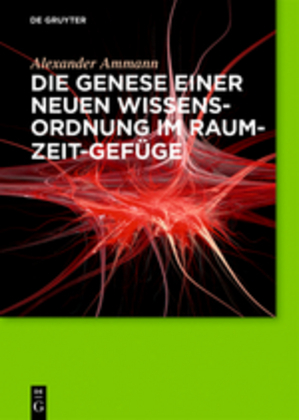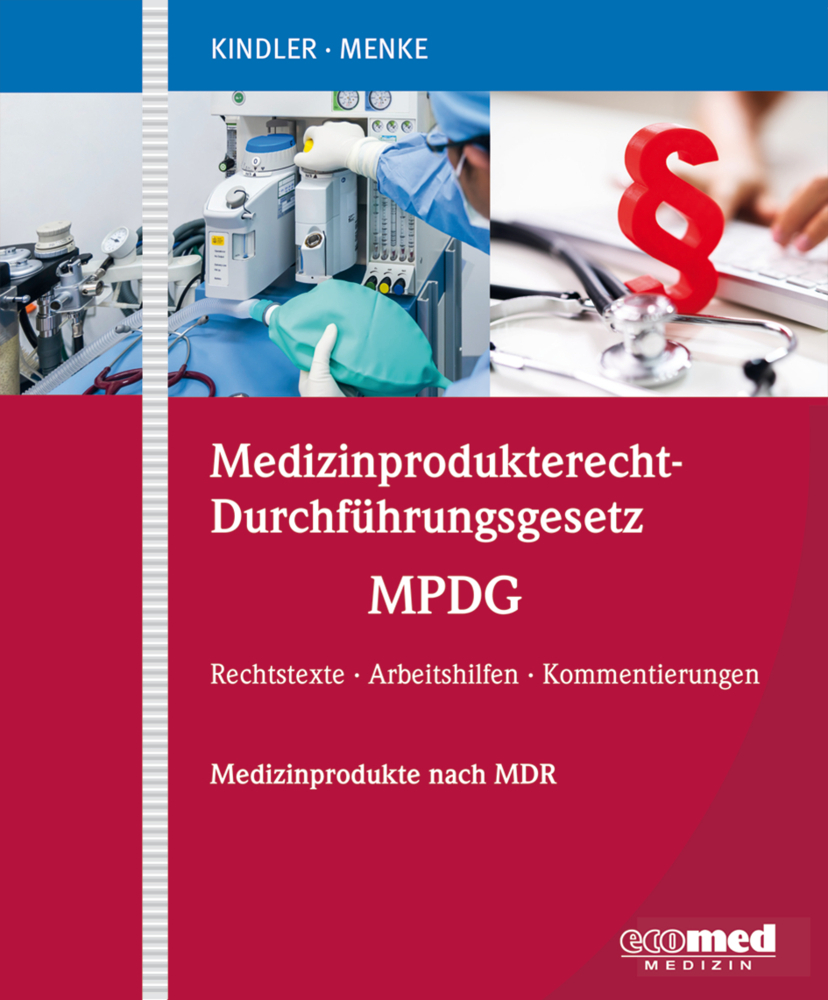Immunotherapy in 2020
Visions and Trends for Targeting Inflammatory Disease
This volume features contributions from participants of the ESRF symposium on "Immunotherapy in 2020 Visions and Trends for Targeting Inflammatory Diseases" held in Potsdam near Berlin, Germany, in October 2006.
The symposium presentations covered the main mechanisms of immunoregulation such as peripheral and central tolerance, epigenetic programming, immunologic memory, and regulatory networks in inflammation as well as novel experimental and clinical approaches for targeting inflammation in autoimmunity and transplantation. An important related question is how recent findings in immunological research can lead to improved diagnostics, new drugs, and better therapies. The targeting of novel pathways and immunoregulatory mechanisms, the challenge of immunologic memory for lastingly successful anti-inflammatory therapy, new approaches for adoptive T cell and polyclonal antibody therapies, and the individualization of immunomodulatory therapies are thereby topics of this volume.
The symposium presentations covered the main mechanisms of immunoregulation such as peripheral and central tolerance, epigenetic programming, immunologic memory, and regulatory networks in inflammation as well as novel experimental and clinical approaches for targeting inflammation in autoimmunity and transplantation. An important related question is how recent findings in immunological research can lead to improved diagnostics, new drugs, and better therapies. The targeting of novel pathways and immunoregulatory mechanisms, the challenge of immunologic memory for lastingly successful anti-inflammatory therapy, new approaches for adoptive T cell and polyclonal antibody therapies, and the individualization of immunomodulatory therapies are thereby topics of this volume.
1;Preface;5 2;Contents;9 3;Editors;10 4;Contributors;11 5;Nature's Choice of Genes Controlling Chronic Inflammation;13 5.1;1 Chronic Versus Acute Inflammation as DiseaseMechanisms;14 5.2;2 Rheumatoid Arthritis;14 5.3;3 The MHC Region and Other RA Susceptibility Genes;17 5.4;4 Gene Searching Using Animal Models for RA;18 5.5;5 Positional Cloning of Ncf1;20 5.6;6 Functional Studies of Ncf1;21 5.7;7 Ncf1 as a Pharmacologic Target;23 5.8;8 Conclusion;24 5.9;References;25 6;Targeting of Memory;28 6.1;1 ImmunologicalMemory and Chronic Inflammation;29 6.2;2 ReactiveMemory;31 6.3;3 HumoralMemory;35 6.4;4 Current Immunosuppressive Therapies Do Not Provide a Cure;37 6.5;5 Conclusion;39 6.6;References;40 7;Post-transcriptional Regulators in Inflammation: Exploring New Avenues in Biological Therapeutics;47 7.1;1 Introduction;48 7.2;2 Features of AU-Rich Elements;48 7.3;3 Determinants of Fate: ARE-BPs;55 7.4;4 Concluding Remarks;61 7.5;References;62 8;Immunomodulatory Therapies: Challenges of Individualized Therapy Strategies;68 8.1;1 Introduction;69 8.2;2 Selecting Transplant Patients on Enhanced Risk for CMV Disease to Improve Antiviral Management;70 8.3;3 Selecting Best Immunosuppression for Organ Transplant Patients;71 8.4;4 Monitoring Success of Specific Immunomodulatory Therapies to Select/ Adjust Therapy in Autoimmune Patients;73 8.5;5 Summary;75 8.6;References;76 9;T Cell Therapies;78 9.1;1 Introduction;79 9.2;2 EBV-AssociatedMalignancies;80 9.3;3 Adoptive Immunotherapy for EBV Latency Type II Malignancies;81 9.4;4 Adoptive Immunotherapy for EBV Latency Type IIIMalignancies;82 9.5;5 Improving T Cell Therapies for EBV- Associated Malignancies;84 9.6;6 Conclusions;87 9.7;References;88 10;The Future of Antibody Therapy;92 10.1;1 Historical Perspective;93 10.2;2 Limitations of CurrentMonoclonal and Polyclonal Antibody Therapy;94 10.3;3 Overcoming Limitations of mAb Therapy;97 10.4;4 Limitations of Oligoclonal Antibody Therapy;99 10.5;5 The Future of Antibody Therapy: Polyclonal Antibodies;102 10.6;6 Conclusion;107 10.7;References;108
Radbruch, A.
Volk, H.-D.
Asadullah, K.
Doecke, W.-D.
| ISBN | 9783540708513 |
|---|---|
| Artikelnummer | 9783540708513 |
| Medientyp | E-Book - PDF |
| Auflage | 2. Aufl. |
| Copyrightjahr | 2007 |
| Verlag | Springer-Verlag |
| Umfang | 106 Seiten |
| Sprache | Englisch |
| Kopierschutz | Digitales Wasserzeichen |

